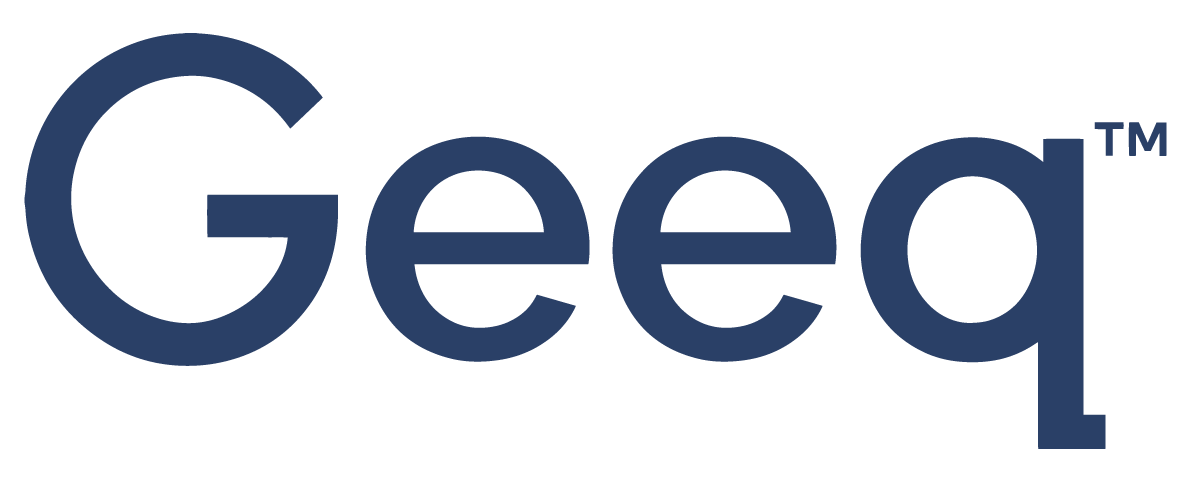
Consensus
What does Consensus mean?
In everyday language, “common, general, or widespread agreement”.
Main Idea:
Decision making by consensus is a part of our daily experiences. Whether formal or informal, we understand how decisions are made, who supports or opposes them, and the consequences of abiding by or breaking the agreement. Reaching consensus is easier when everyone agrees on the objective, such as choosing a place to eat.
Traditional blockchain protocols originated from distributed computing models, addressing issues in centralized networks where all computers aimed to achieve a common objective. For example, sensors are required to work together to guide a robot to a target. These problems are challenging enough, even when sensors are centrally controlled.
Consensus, Data Integrity, and Security are Intertwined Concepts in Blockchain.
Regrettably, the concept of consensus is difficult to translate to blockchain networks with diverse participants. Node operators lack uniform incentives that can lead to conflicts over validating transactions and determining their order in ledger updates. Nonetheless, a common assumption in blockchain consensus protocols assume problems are rare. These are called security assumptions and amount to assuming the desired result without providing adequate structures to justify the assumptions.
There is plenty of evidence to show it is a mistake to rely on these assumptions for variants of consensus based on Proof of Stake and smart contracts. Serious issues, such as exploits, occur frequently. The blockchain ecosystems are patchworks of politicized factions that tend to prioritize short-term gains over long-term issues such as addressing the underlying security issues.
Such public blockchain platforms ultimately rely on a social layer for dispute resolution. Private blockchains depend on internal decisions whose benefits have not proven to be worth the internal costs, as evidenced by the high expectations for private blockchain consortia that have subsequently shut down.
Public blockchains leave dispute resolution to an open-ended process of depending on the social layer to come up with a decision. This puts users in a bind, as social layers are inherently political, unpredictable, and contentious. The best outcome for honest users is that the future will honor all past agreements on which data will be honored. In that case, those users would have nothing to worry about.
However, as long as public blockchains do not solve the end-game for consensus and offer, at best, proofs without guarantees in their consistency or accuracy, users will be forced to gamble on the odds their validated data, transactions, and account balances are secure enough to take for granted.
The blockchain field is becoming more complex.
New blockchain consensus mechanisms have been announced at a rapid pace. Most are more complex than previous ones. Some are layered proposals as blockchain scales in horizontal layers. Others attempt to mix-and-match. All are variations on traditional consensus mechanisms that attempt to reach a majority agreement. All majoritarian mechanisms are subject to the same issues in politics and voting. The agendas of the nodes may be hidden and the nodes may be randomly selected. Those measures do not remove the issue that nodes may have conflicts of interest. There are no traditional consensus mechanisms of which we are aware that does not depend, ultimately, on a social layer.
As discussed above, counting on a social layer is not the same as guaranteeing the issues will be resolved according to the user’s initial expectation and understanding of the rules of the blockchain. In fact, a more complex blockchain system without objective criteria (such as immediate proof) or standard methods of accountability can only introduce more uncertainty and risk for the user.
From the user’s point of view, complexity requires more trust. Requiring trust is what blockchains are supposed to minimize.
The last point about traditional consensus mechanisms is there are many proposals to provide “more security” for consumers. First, security is so poor in most smart contract platforms that this is a low bar. Second, improving security for a proof of stake consensus mechanism, even if it all goes well, has a low ceiling as well. Third, the systems are so complex, offering “more security” on layer 2s cannot achieve the security of an underlying Layer 1 protocol based on “proof of stake”. The existing systems have painted themselves in a corner.
Reverting to a trusted process, such as a centralized exchange, or adopting Geeq’s no-consensus protocol as a Layer 0 are the only ways for users to use blockchains securely.
So Why are Traditional Consensus Protocols Used?
Until Geeq decided to break with tradition, there was no other choice.
The Geeq Difference:
The criticisms, perpetual uncertainty, and threats to security above do not apply to Geeq. Geeq radically breaks from traditional consensus protocols to reinvent blockchain to provide maximal security for the user and guaranteed reliability of the data from the moment a provably honest node writes a valid block.
Geeq is the only protocol to establish these standards. As a shorthand, you might think of Geeq as a “no-consensus consensus” mechanism, in which nodes do not have to agree in order for a user to identify which blocks are valid. The basis for identification at Geeq is the contemporaneous calculation of a durable proof.
When users have immediate and durable proofs available, they do not need to depend on a social layer or a trusted source (such as Etherscan) to know the consensus protocol will protect valid data in a Geeq chain. Users do not need to depend on Geeq for confirmation or validation at all.
Even users of Geeq private chains have the security of knowing the protocols are unbiased, independent, and produce auditable proofs in real-time. Because each transaction involves a counter-party who is able to take the same view, any dispute due to human error leads efficiently back to the two parties involved.
Geeq’s no-consensus consensus is capable of generating tremendous efficiency gains by provably validating data in an independent, unbiased way. Imagine being able to pinpoint which business problems deserve attention among all your business transactions. Imagine a system where you choose which data to share with selected business partners, with the common understanding that there were no hidden agendas embedded in the network that generated the data. You can make decisions on data understanding its source. All these functions may be automated, thanks to Geeq’s no-consensus approach to blockchain.
Used in a Sentence:
For blockchain to be of value, users must agree to agree; Geeq is different because it views consensus between computers is not the essential goal. Based on Geeq’s architecture, users have access to immediate, irrefutable proof the data have been validated without bias and the results cannot be overturned by the decision of a social layer. The stability of Geeq’s protocols is a major advance in the way blocks are validated and maintained securely through time.
Last Updated: November 23, 2023
Read what Geeq has to say about Consensus...
The following articles are written by the Geeq team to share and inform about the industry we are passionate about.
To learn more about events, announcements and learn about other topics visit our news section
Community announcement - Tokenomics Update - January 2024
Why has Geeq taken a no-smart contracts route? To deliver an efficient, reliable, predictable engine to solve these three problems and more.
Here are 5 reasons why Geeq is poised to set the world's standards in decentralized, verifiable blockchain - at Layer 0.
"Discover 7 powerful ways Geeq Stacks revolutionize digital assets. Simplify organization, ensure security, and stay in control. From creative collections to seamless transfers, Stacks make it intuitive.
8 Ways Geeq is the Essential Foundation for Blockchains. Here are the reasons Geeq provides the Layer 0 (L0) foundation that blockchains and smart contracts need.
How can the market separate "review bombing" from authentic testimonials? As with any policy, the risk is either going too far or not far enough. Read Geeq's solution.
UPDATE: Now with links to video and Slides! John P. Conley introduced Geeq's Algorithmic Monetary Policy and Stabilized Token to the public at SFBW.
This is the Geeq token allocation and release schedule. Please note: Geeq did not hold an ICO or IDO.
Ask Me Anything on Telegram: TH 1/24/2019, 4 pm EST
Details are available for the official GEEQ contract address.
$GEEQ has partnered with Ferrum Network to offer non-custodial liquidity staking. Watch this space!
Late Friday Update for Geeq Tokens - The Unlocked-round is fully subscribed. The Pre-round is still OPEN.









